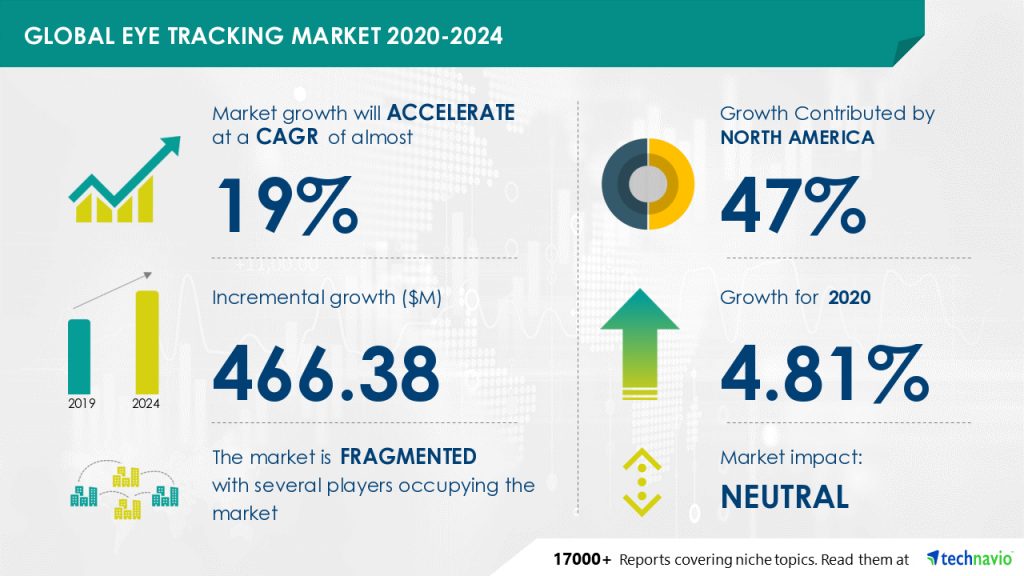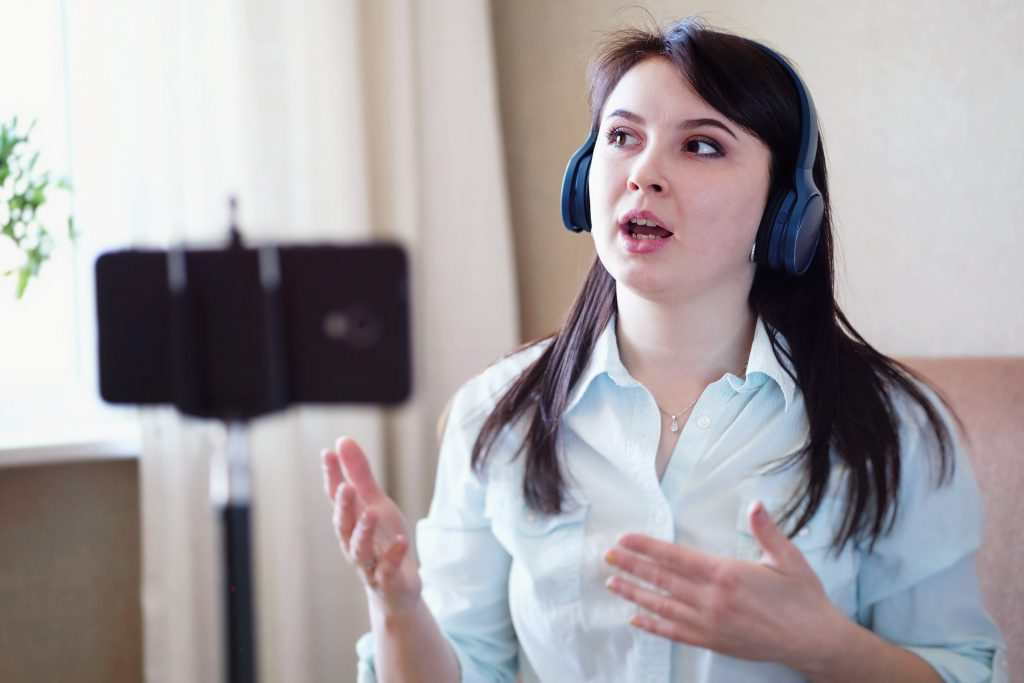Market research no longer only focuses on surveys, focus groups, and direct customer feedback. With the rise of innovative technologies, marketers are able to analyze the environmental cues that cause the shopping behaviors online and in person. Harvard Business School professor Gerald Zaltman in his latest book, How Customers Think: Essential Insights into the Mind of the Market, states that 95 percent of our purchase decision making takes place in the subconscious mind.

How can marketers understand a behavior that occurs 95 precent of time in subconscious mind? Do marketers, retailers, and brand leaders need more information on cognitive process to understand what influences consumer behaviours? And how do they get this information?
Innovative technologies such as VR headsets, smart glasses, and eye tracking devices can be used in a myriad industries and fields. These technologies are giving opportunities to scientists, educational and financial institutes, retailers, and marketers to understand and analyze human behaviour and stimuli driving conscious and unconscious decisions. Eye tracking is the process of measuring eye positions and eye movements. An eye tracking technology is a sensor technology that analyzes user’s visual attention to understand the cognitive and emotional responses of consumers. Our pupils react differently to visual stimulations and eye tracking devices can provide relevant information based on our attention or patterns of visual fixations.
By using eye tracking technology researchers are not depending on participants’ feedback. Users may not remember or may be unaware of their behaviour during the test. This is where eye tracking devices come to rescue. By examining and analyzing data gathered by eye tracking devices, researchers are able to replay and find reasoning behind human behaviours without relying on human memory. By observing the user’s pattern and analyzing the data, researchers can predict how the market will react as a whole.
Eye tracking is not a replacement for other qualitative research techniques; however, eye tracking can improve our understating of user’s behaviour throughout the testing.
VR offers flexible testing, and it is cost efficient. “In a virtual reality environment, you’re able to not only test different retail layouts, the location of point of purchase displays, planograms and aisle structures, but you can do so at a higher scale. You can find out if a certain idea works better after testing as many as 10 different concepts.” says Diana Lucaci, found and CEO of neuromarketing research firm True Impact.
Eye tracking tools reveals subconscious behaviour and provides unbiased data to researchers. It allows brand leaders to study the process consumers undertake when testing or choosing a product over million other products. Eye tracking data is driven from subconscious behaviour that is authentic behaviour and is useful for advertising, packaging, UI designing, and branding.
Eye tracking is also a popular and growing tool in clinical research, scientific researchers embrace eye tracking to identify mental and neural disorders such as autism, ADHD, Alzheimer’s and Parkinson’s disease. By studying patient’s behaviour, scientists are able to gain valuable insights and observe signs of cognitive diseases.
The use of eye tracking has greatly increased in many fields over the years and has helped us to understand what derive human behaviours, data collected from eye tracking is valuable and can be used to detect mental disorders, create successful learning experience and marketing campaigns.
Eye Tracking technology can enhance your business and help you to achieve your goals, contact us to learn how we can support your virtual, online or in-person eye tracking needs!
Find out Why people choose Canadian Viewpoint?
GET IN TOUCH WITH US ABOUT THIS ARTICLE
.
You might like to read these:





